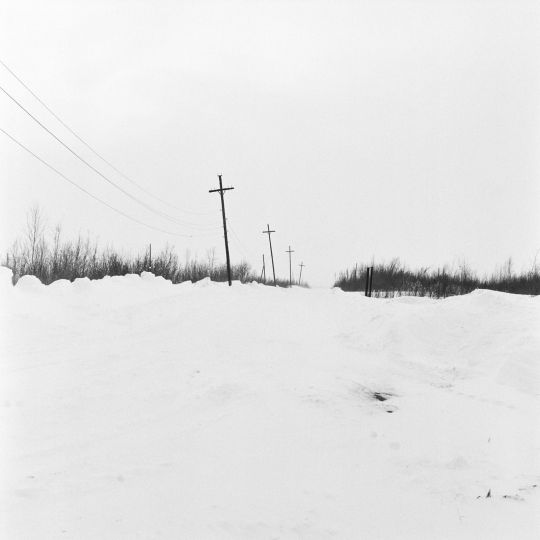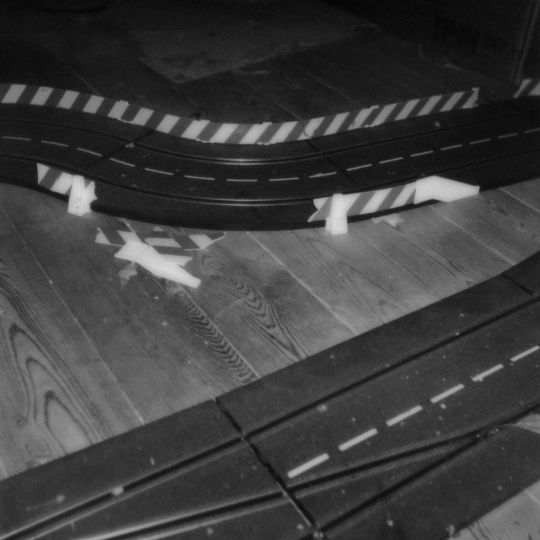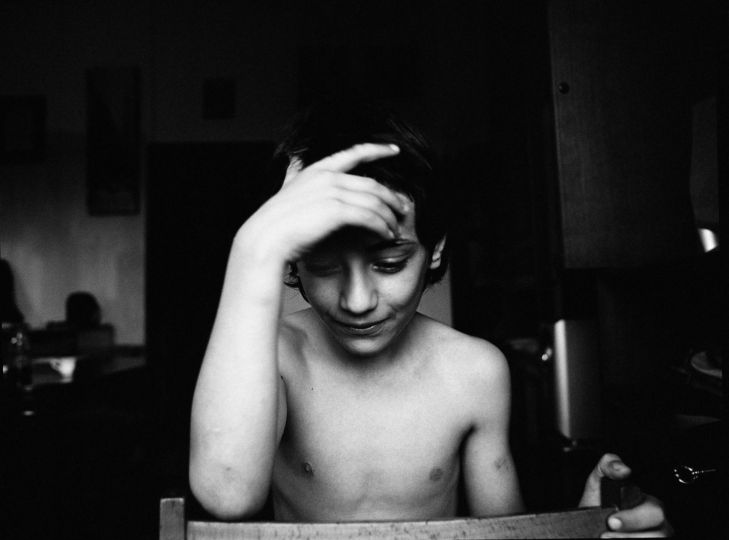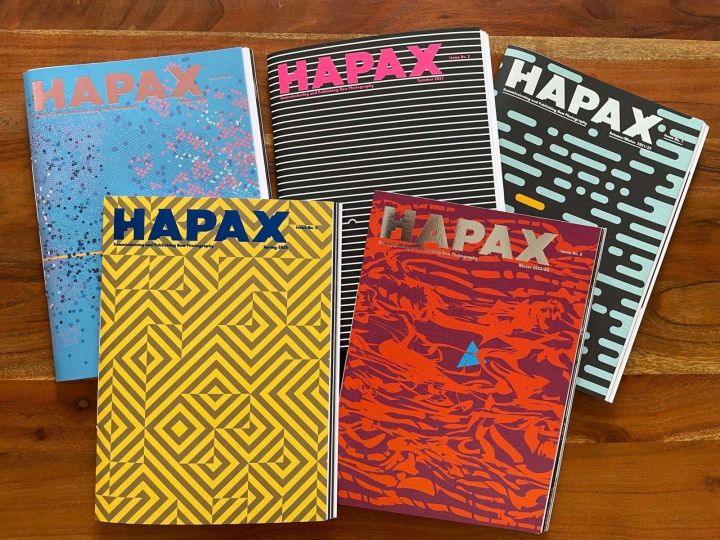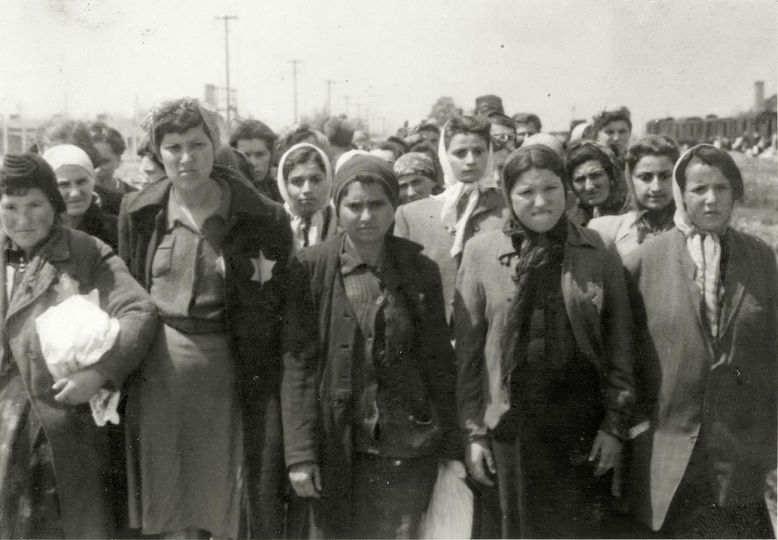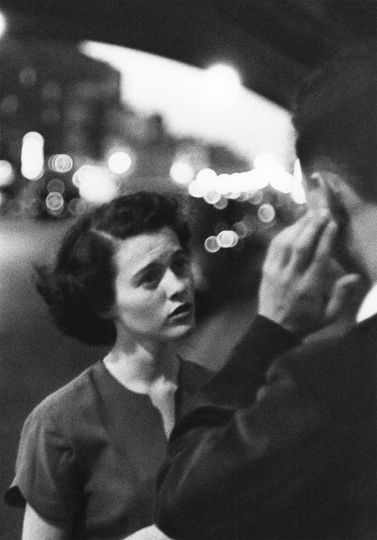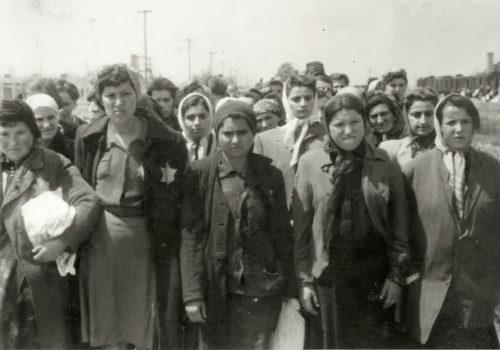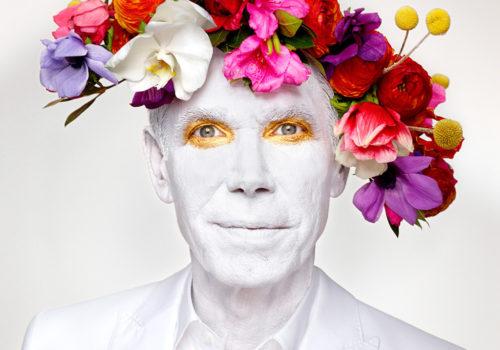For Julian Slagman, photography is a family affair. His grandparents always carried a camera with them, “as if it were one of the family.” Their relationship was defined by photography. This connection allowed him to perceive the intimate link that exists between the act of seeing and that of love.
At the age of seventeen when he decided to embrace this practice himself, he turned his lens on his younger brothers, Mats and Jonah: “They were born long after me, in 2004 and 2008. As I was learning photography, I was also learning to become a brother: our family bond was also built through photography.”
Initially, these photoshoots were a training exercise for Julian Slagman, but he quickly felt the desire to keep on looking at these two boys growing up through his camera, be a part of their world, where dreaming and playing mixed. Twelve years passed during which he photographed them spontaneously and irregularly, amassing a large body of work. Some of these images form Looking at My Brother, published by Disko Bay.
The book does not follow any chronological order. While two successive images might be separated by a few seconds, others span several years. Different eras mingle, one period calling forth another, like the childhood memories that always come to our mind unexpectedly. It was important for the photographer to avoid any linearity by creating these breaks: « If you think about childhood and growing up, it doesn’t follow a line, there is almost a feverish kind of thing happening there. »
Throughout the pages, we observe his brothers changing, their body shape alternating randomly between childhood and teenagehood. One of them, Mats, has scoliosis. There is something very pure in the way the photographer pictured this malformation, straightforwardly and without pathos. It is simply there. We observe his sinuous spine caught in a corset, and then the scars from the surgery he underwent, like drawings on his slender adolescent silhouette. Julian Slagman saw in his brother’s surgery an echo to photography: « The act of photographing, which ultimately comes down to cutting out situations from reality, can be quite brutal. »
But the book’s subject is not this surgery nor his brother’s scoliosis, and that is where its beauty lies : the scoliosis is very present throughout the pages, without being the main character. By integrating it into the narrative of this brotherhood, the photographer normalizes it. In doing so, the book also hints at other possibilities for the representation of illness or disability.
Julian Slagman describes his photographs as « tiny little images that are slices of time. » They speak of his relationship to photography, the link between photography and time. And love too, brotherhood. Looking at my brother is in the singular. It is not a photographer looking at his brothers but three brothers looking at each other.
Julian Slagman — Looking at my Brother
Published by Disko Bay
120 pagesn 17 × 22,7 cm
68 images, colour and black & white
Text in English by Linda Baumgartner translated by Jennifer Russell
Edition of 750
Available in all the good bookshops and online


